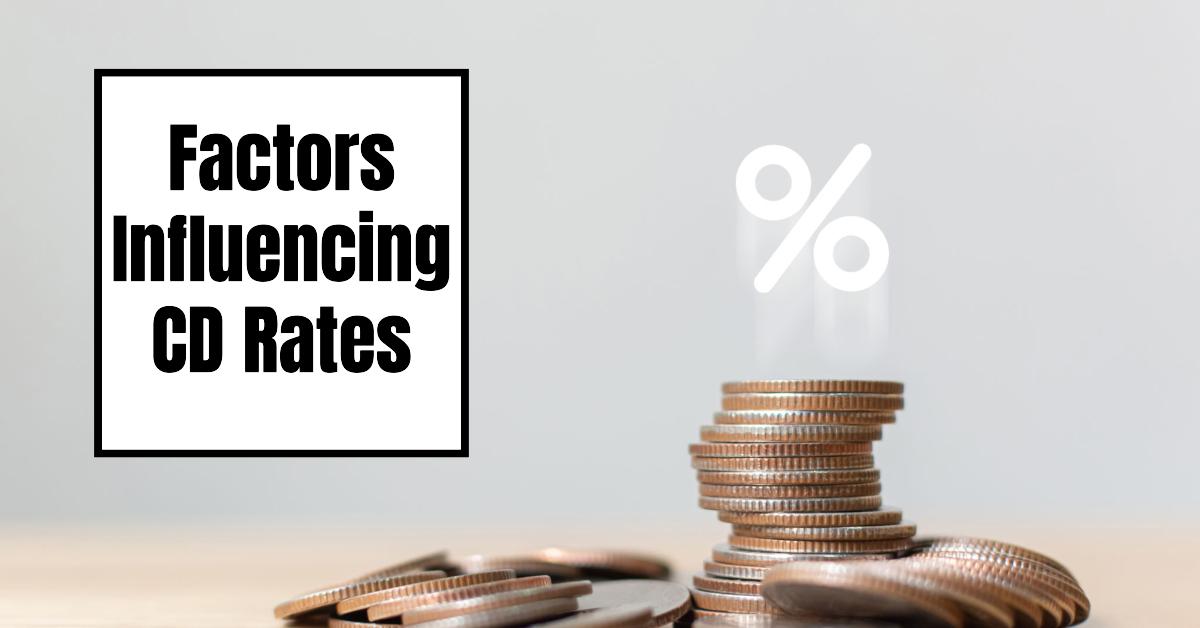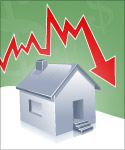Understanding how often CD rates change is essential for savvy investors looking to maximize their returns. CD rates—the rates associated with certificates of deposit—are sensitive to a variety of economic factors, prominently the actions of the Federal Reserve. These rates are not static; they frequently fluctuate based on market conditions, which can impact how much interest you earn over time.
A Comprehensive Guide to CD Rate Changes
Key Takeaways
- CD rates are variable: They can change at any time based on economic factors.
- Frequency of changes: Most banks reevaluate their rates every six months, but adjustments can occur more frequently.
- Impact of the Federal Reserve: Changes in the federal funds rate play a significant role in shaping CD rates.
- Long vs Short-term investments: Longer-term CDs typically offer higher rates compared to shorter ones.
What is a Certificate of Deposit (CD)?
A certificate of deposit is a type of savings account that usually offers a higher interest rate in exchange for the commitment to leave your money in the account for a predetermined period. This is considered a low-risk investment, making it an attractive option for individuals looking to earn a return on their savings.
How Often Do CD Rates Change?
CD rates do not change on a set schedule; instead, they are influenced by various economic conditions. The most notable factor is the federal funds rate, the interest rate at which banks lend to each other overnight. According to Experian, when the Federal Reserve lowers or raises this rate, banks typically respond by adjusting their CD rates accordingly.
While many consumers may believe that CD rates are reset on a fixed schedule, the reality is that they can shift so frequently that it is crucial for investors to keep an eye on the trends. Most banks will usually adjust their CD offerings every six months, but significant changes can occur more sporadically in response to market competition or economic shifts. As noted by NerdWallet, it is common for banks to align their CD rates with the overall interest rate environment led by the Fed.
Factors Influencing CD Rate Changes
Several elements can affect the rates at which banks offer CDs:
- Federal Reserve Policy: Changes in the federal funds rate directly affect bank lending rates and, consequently, CD rates. When the Fed raises rates, banks often follow suit to attract deposits.
- Inflation: High inflation can lead banks to offer higher CD rates in order to provide returns that exceed inflation.
- Bank Competition: Banks compete for deposits; if one bank raises its rates, others may respond by increasing their own rates to retain customers.
- Economic Conditions: Broader economic trends, such as employment rates and GDP growth, can influence how banks set their rates.
Monitoring economic indicators can help investors anticipate potential CD rate changes.
Why Should Investors Care?
CDs are often a key component of a diversified investment strategy, particularly for individuals prioritizing security and guaranteed returns. Understanding the timing of rate changes can be vital for maximizing savings. Here are some considerations for investors:
Maximize Earnings Potential
- Locking in Rates: When you find a favorable rate, locking it in can safeguard your returns for the entire duration of the CD.
- Understanding Timing: If banks are expected to lower rates soon, it may be wise to act quickly and secure a higher rate.
- Exploring Different Terms: Longer-term CDs typically offer better rates compared to shorter terms, allowing investors to potentially earn more interest.
Strategies for Managing CD Investments
To effectively manage your CD investments, consider adopting the following strategies:
- Laddering CDs: This strategy involves creating a mix of CDs with different maturity dates, allowing access to some of your funds while still earning competitive rates.
- Reevaluating Your Options: Regularly review your CD holdings as well as offers from other financial institutions. This practice can reveal opportunities to reinvest at higher rates as they become available.
- Staying Informed: Keep up-to-date with financial news from credible sources. Websites like Bankrate provide current rates and projections that can guide your decisions.
Implications of Economic Trends on CD Rates
The economic situation of the country has direct implications for CD rates. For instance, as reported by Fortune, when the economy is robust and inflation is controlled, we can often see a stable or even increasing rate environment. However, in times of economic downturn, the Fed might lower interest rates, resulting in lower CD rates.
Analysis of 2024 Predictions
Looking ahead to 2024, many financial experts predict a cautious approach by the Federal Reserve. According to various forecasts, including those from NerdWallet and Forbes, it is suggested that we are unlikely to see significant increases in CD rates, and in some cases, a gradual decline might occur as part of a broader economic strategy. This suggests that waiting for better rates might not yield the desired results.
Final Thoughts
CD rates are subject to change based on multiple factors, primarily influenced by the actions of the Federal Reserve and overall market conditions. Understanding when and how these rates change allows investors to make well-informed decisions and maximize their returns. It is essential to stay engaged with financial news and trends to effectively manage your investments.
Investing in CDs can be a smart move for those looking to grow their savings with minimal risk. By being proactive and knowledgeable, you can take full advantage of changing rates and ensure your investments work for you.
Always keep track of the interest rate landscape and don’t hesitate to explore other bank offerings. Your financial future deserves careful planning!
- Will CD Rates Go Down with Anticipated Fed Rate Cuts in 2024?
- When Will CD Rates Go Up Again: CD Rates Forecast 2024
- CD Rates Forecast 2025: Predictions & Strategic Saving Insights
- Interest Rate Predictions for the Next 3 Years
- Interest Rate Predictions for Next 2 Years: Expert Forecast
- Interest Rate Predictions for Next 10 Years: Long-Term Outlook
- When is the Next Fed Meeting on Interest Rates?




